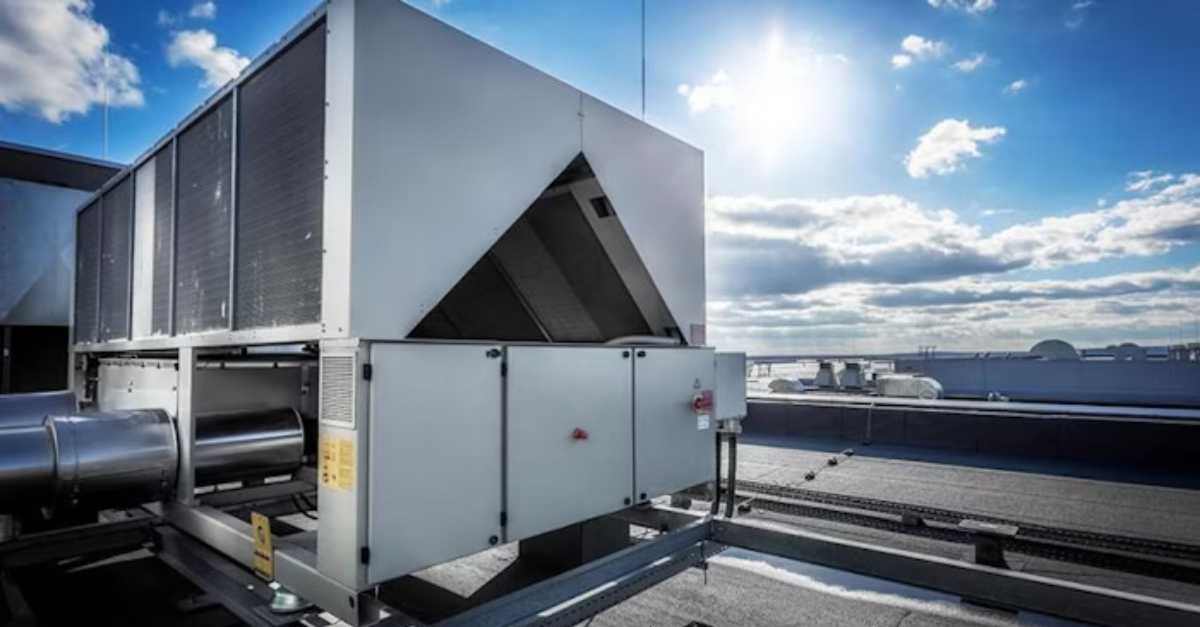
Understanding EPA Refrigerant Regulations
To limit greenhouse gases and ensure environmental safety and compliance, understand the EPA standards for refrigerant gases.
Solutions
Workplace Management Solutions
Real Estate Management Solutions
Maintenance Management Solutions
Energy Management Solutions
Engineering Document Management Solutions
Asset Management Solutions
Automate campus scheduling for classes, meetings, and exams with our EMS software.
Plan and manage conferences effortlessly with EMS software to impress guests and streamline operations.
Boost workplace flexibility and maximize space use with seamless desk and room booking.
Organize workplace or campus events smoothly, creating memorable experiences.
Optimize workspace, manage allocations efficiently, and reduce costs with our space management solutions.
Deliver projects on time and within budget by improving communication, collaboration, and efficiency with our software.
Streamline lease accounting for ASC 842, IFRS, and GASB compliance.
Manage leases efficiently by tracking key dates, analyzing costs, and ensuring compliance.
Centralize data and analytics for better insights, faster negotiations, and revenue growth.
Centralize facility and asset maintenance, automate work orders, and ensure compliance with our CMMS software.
Extend asset life, reduce downtime, and prevent costly repairs with data-driven monitoring.
Prevent equipment failures and extend asset life by detecting and addressing issues early.
Make sustainable, cost-efficient energy decisions by monitoring and optimizing power consumption.
Remotely monitor and control equipment with real-time data to predict issues, boost efficiency, and reduce downtime.
Easily share and collaborate on documents, creating a single source of truth for engineers and contractors.
Manage and analyze assets across their lifecycle to schedule maintenance, reduce downtime, and extend lifespan.
Improve visibility, automate work orders, and ensure compliance for efficient facility and asset management.
Resources
Browse our full library of resources all in one place, including webinars, whitepapers, podcast episodes, and more.
Support
Looking for access to technical support, best practices, helpful videos, or training tools? You’ve come to the right place.
About Accruent
Get the latest information on Accruent, our solutions, events, and the company at large.

Determine your operational boundaries for several different types of greenhouse gas emissions scopes to ensure reporting transparency.
This boundary refers to the legal composition of the company and if the company has direct control over the sources of the emissions. An organizational boundary takes into account whether the operation is part of an umbrella company or a subsidiary, and determines whether the operation is in financial control of the assets or operational control as it refers to the gas emissions.
When an organization has determined its organizational boundary, it must then establish an operational boundary which will define the scope of both direct and indirect emissions within that organizational boundary.
There could be numerous operational levels within an organization and it is up to the directors of the operation to establish operational boundaries for the three emissions scopes. Once the operational boundary has been established, it must be applied uniformly within the enterprise.
Within the operational boundary lies the potential for several different types of emissions scope.
If the enterprise has direct control over electricity generation or uses fossil fuel within its process, it must report these under scope one. In addition, any kind of vehicle transportation that is directly utilized by the organization (e.g., cars, trucks or trains) must also be reported here. Accidental leaks are a scope one reporting burden.
When energy is consumed, an enterprise must report the emissions related to that consumption under scope two. The scope emissions are relatively easy to categorize, often by reference to meters.
When it comes to the third scope, reporting for this scope is still classified as optional and can relate to emissions spent as a consequence of employee travel, supplier activities, etc. You will likely have to compose a lifecycle analysis and identify the entire supply chain to identify the scope of emissions associated with your operation in this way.
It is not uncommon to find that a considerable amount of emissions is associated with the production of materials that you purchase for your business. Likewise, end-of-use disposal emissions should be identified.
Identification and categorization of all emission scopes, be they direct, indirect or optional can be quite a complex task and must be the responsibility of the highest levels of management. While reporting requirements may be identified as voluntary, they can become mandatory in short order. In addition, carbon pollution awareness has become mainstream and has attracted the direct interest of consumers.
It is in the best interests of the enterprise to ensure that it is entirely transparent and has exercised extreme care and diligence when identifying its operational boundary and the variety of emission scopes that are part of its responsibility. Ready to learn more? Schedule a demo today!
To limit greenhouse gases and ensure environmental safety and compliance, understand the EPA standards for refrigerant gases.
Discover how the EPA's new refrigeration regulations impact businesses and how Accruent Observe simplifies compliance with asset management and ...
Avoid fines from refrigeration leaks, monitor usage, and stay compliant. vx Sustain has all your refrigeration management needs covered.
Subscribe to stay up to date with our latest news, resources and best practices